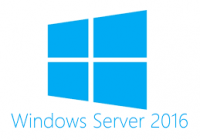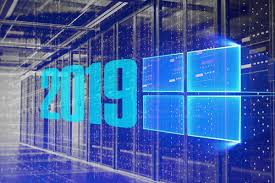Nano Server Features on Windows Server 2016: Microsoft working on new vesion of server operating system called Nano Server, we all know server core version has been released with Windows Server 2008 and it’s a minimal configuration which utilizes limited resource, Nano Server is similar to Windows Server in Server Core mode, will discuss difference between server core and Nano Server with new features
The big difference is that Nano Server is 20 times smaller than Windows Core and there is no GUI layer hence no local logon capability, even it doesn’t support Terminal Services so you can’t RDP (Remote Desktop support) the server, Ohh! Then how will manage the Nano Server? All management is performed remotely via Windows Management Instrumentation (WMI) and Power Shell. We can also add Windows Server Roles and Features using Features on Demand and DISM (Deployment Image Servicing and Management). Remote management via PowerShell with Desired State Configuration, also support remote file transfer, remote script authoring and remote debugging,
Nano Server Features are:
Lower VHD size:
Nano Server require 93 percent lower VHD size, just 400MB is enough to install a Nano Server compare to current windows version which require minimum 6GB disk space. No need to worry about the operating system disk space requirement, just concentrate on application requirement and even application no need to access GUI APIs which minimize the application disk space requirement
Not just disk space saving, will going to have many more fine-turning which necessary for future of Windows Server
Fewer critical bulletins:
92 percent fewer critical bulletins, it has minimum of components with less software surface area to get attacked, no need of many critical patches and fixes to run the show which gives an advantage to administrators to manage the IT infrastructure
Fewer reboots:
80 percent fewer reboots, no need a frequent reboot and and requires far fewer restarts than older version, fewer time delays because of reboots
Less RAM requirement:
As per Microsoft recommendation Nano Server with 1TB of RAM can be run 1000 VMs
Conclusion:
You can use Nano Server or windows Core, yes Server Core still remains an option with Windows Server 2016, or they can install the full server. It depends on what kind of cloud-based applications your are going to use, going forward we will be getting more supported application which doesn’t require interaction or Remote Desktop Session, since it doesn’t support Windows GUI applications
Seems Microsoft going in the right direction to meet the industry requirement with Nano Server supporting cloud-based applications. Will wait and see more about Nano Server on next version of Microsoft server OS Windows Server 2016.
To know more about windows server 2012





